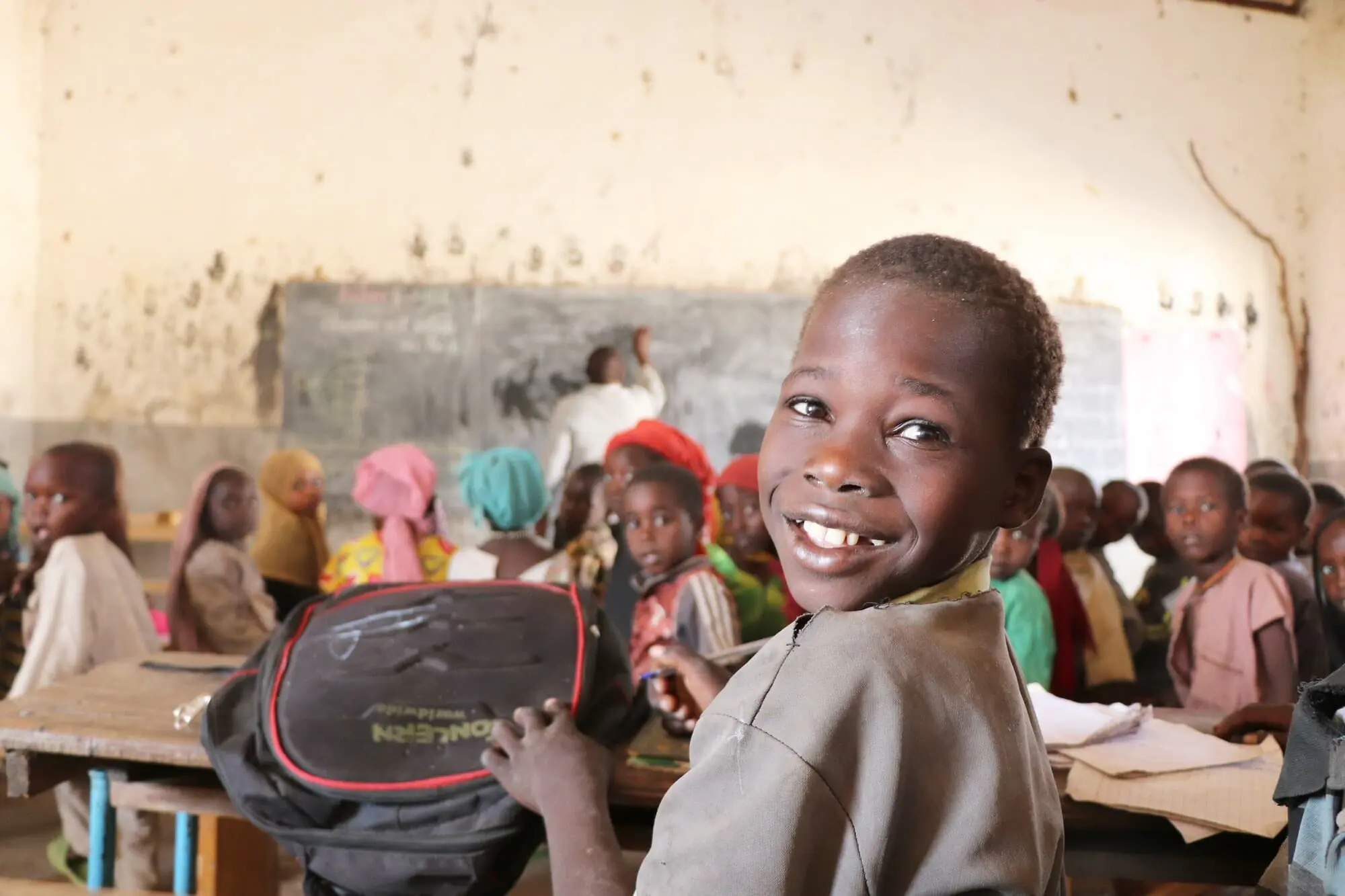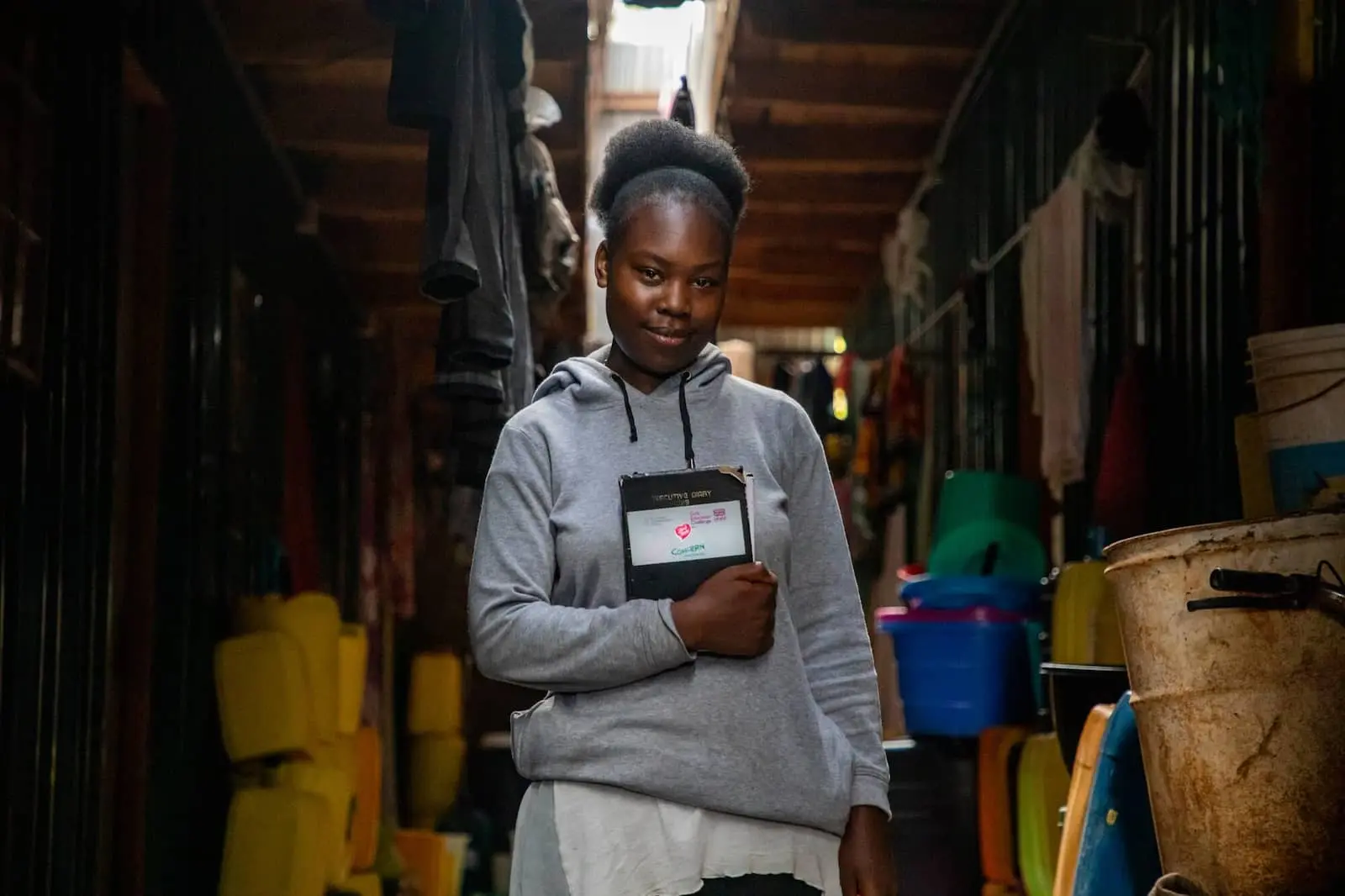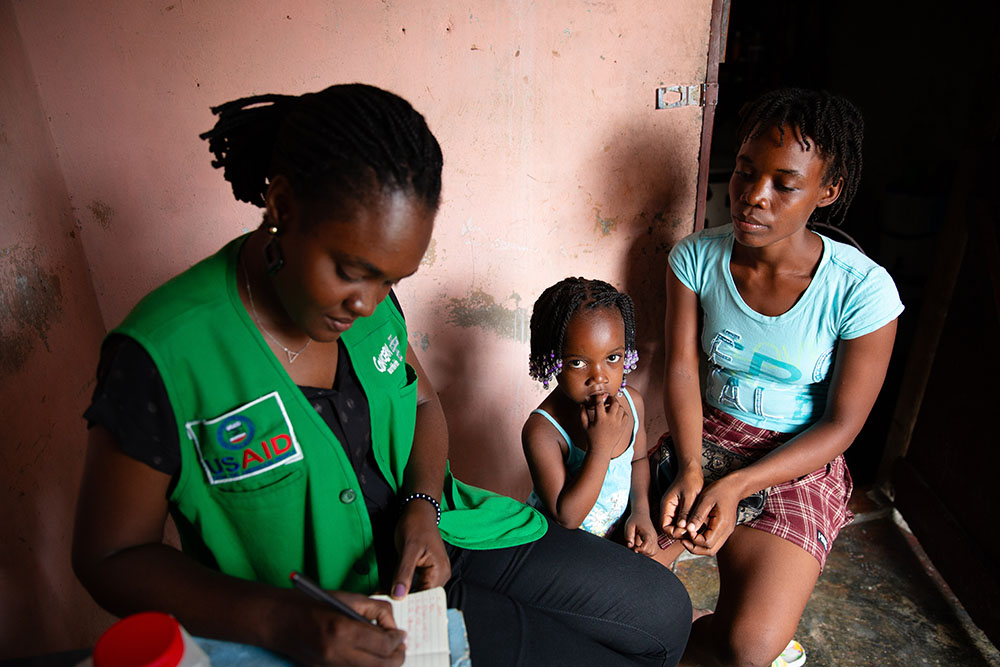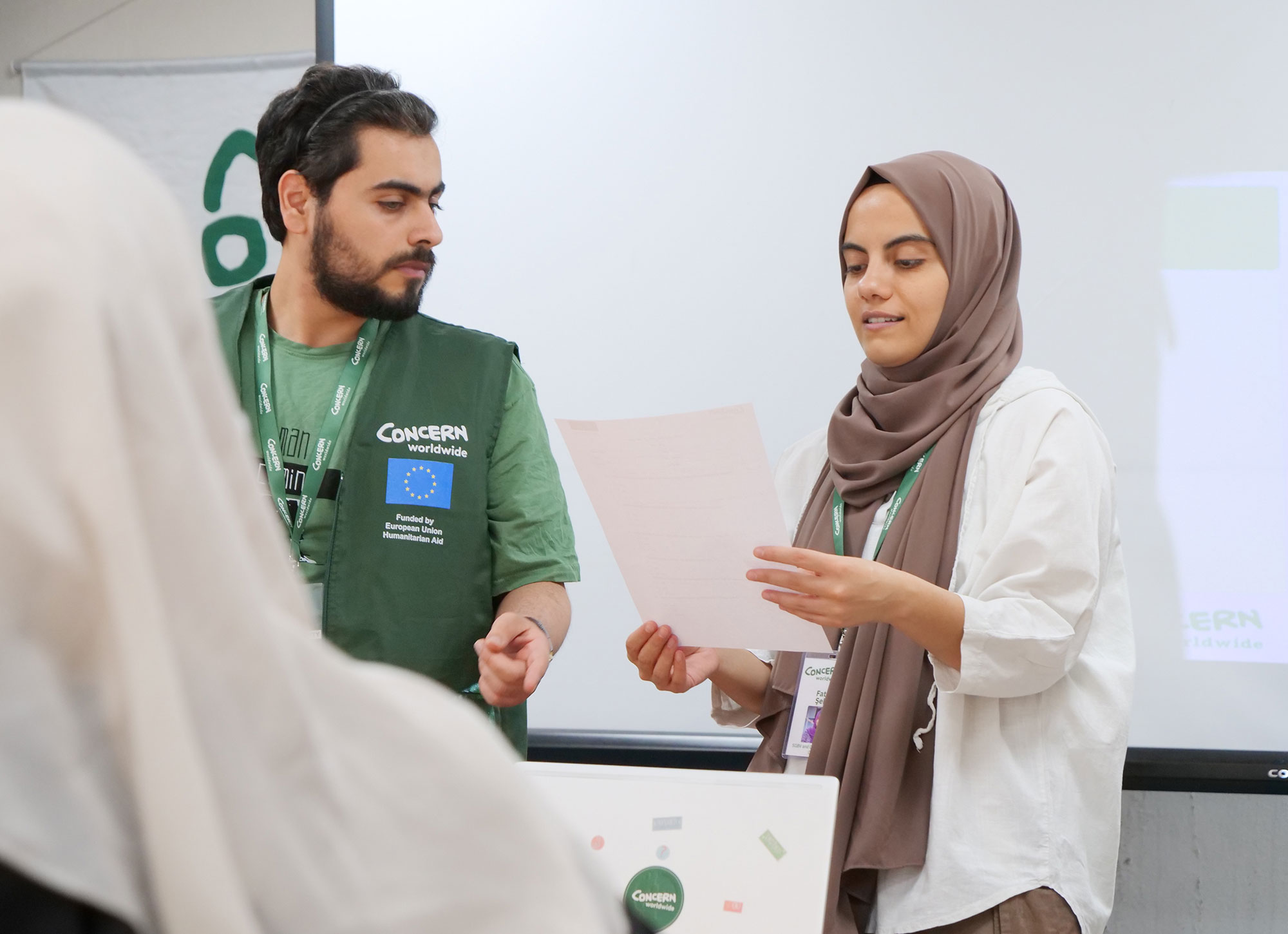News
What is stunting?
Stunting is a form of impaired growth and development due to malnutrition that threatens almost 25% of children around the world.
Read MoreAccess to high-quality primary education and supporting child well-being is a globally-recognized solution to the cycle of poverty. This is, in part, because it also addresses many of the other issues that keep communities vulnerable.
Education is often referred to as the great equalizer: It can open the door to jobs, resources, and skills that help a person not only survive, but thrive. In fact, according to UNESCO, if all students in low-income countries had just basic reading skills (nothing else), an estimated 171 million people could escape extreme poverty. If all adults completed secondary education, we could cut the global poverty rate by more than half.
At its core, a quality education supports a child’s developing social, emotional, cognitive, and communication skills. Children who attend school also gain knowledge and skills, often at a higher level than those who aren’t in the classroom. They can then use these skills to earn higher incomes and build successful lives.
Here’s more on seven of the key ways that education affects poverty.

Education is the best way out of poverty in part because it is strongly linked to economic growth. A 2021 study co-published by Stanford University and Munich’s Ludwig Maximilian University shows us that, between 1960 and 2000, 75% of the growth in gross domestic product around the world was linked to increased math and science skills.
“The relationship between…the knowledge capital of a nation, and the long-run [economic] rowth rate is extraordinarily strong,” the study’s authors conclude. This is just one of the most recent studies linking education and economic growth that have been published since 1990.

A 2019 Oxfam report says it best: “Good-quality education can be liberating for individuals, and it can act as a leveler and equalizer within society.”
Poverty thrives in part on inequality. All types of systemic barriers (including physical ability, religion, race, and caste) serve as compound interest against a marginalization that already accrues most for those living in extreme poverty. Education is a basic human right for all, and — when tailored to the unique needs of marginalized communities — can be used as a lever against some of the systemic barriers that keep certain groups of people furthest behind.

Speaking of women, education also means healthier mothers and children. Examining 15 countries in sub-Saharan Africa, researchers from the World Bank and International Center for Research on Women found that educated women tend to have fewer children and have them later in life. This generally leads to better outcomes for both the mother and her kids, with safer pregnancies and healthier newborns.
A 2017 report shows that the country’s maternal mortality rate had declined by more than 70% in the last 25 years, approximately the same amount of time that an amendment to compulsory schooling laws took place in 1993. Ensuring that girls had more education reduced the likelihood of maternal health complications, in some cases by as much as 29%.
Children also benefit from more educated mothers. Several reports have linked education to lowered stunting, one of the side effects of malnutrition. Preventing stunting in childhood can limit the risks of many developmental issues for children whose height — and potential — are cut short by not having enough nutrients in their first few years.
In Bangladesh, one study showed a 50.7% prevalence for stunting among families. However, greater maternal education rates led to a 4.6% decrease in the odds of stunting; greater paternal education reduced those rates by 2.9%-5.4%. A similar study in Nairobi, Kenya confirmed this relationship: Children born to mothers with some secondary education are 29% less likely to be stunted.

In 2008, researchers from Harvard University, Imperial College London, and the World Bank wrote: “There is a growing body of evidence that keeping girls in school reduces their risk of contracting HIV. The relationship between educational attainment and HIV has changed over time, with educational attainment now more likely to be associated with a lower risk of HIV infection than earlier in the epidemic.”
Since then, that correlation has only grown stronger. The right programs in schools not only reduce the likelihood of young people contracting HIV or AIDS, but also reduce the stigmas held against people living with HIV and AIDS.

As the number of extreme weather events increases due to climate change, education plays a critical role in reducing vulnerability and risk to these events. A 2014 issue of the journal Ecology and Society states: “It is found that highly educated individuals are better aware of the earthquake risk … and are more likely to undertake disaster preparedness.… High risk awareness associated with education thus could contribute to vulnerability reduction behaviors.”
The authors of the article went on to add that educated people living through a natural disaster often have more of a financial safety net to offset losses, access to more sources of information to prepare for a disaster, and have a wider social network for mutual support.

The same World Bank and ICRW report that showed the connection between education and maternal health also reveals that each additional year of secondary education reduced the chances of child marriage — defined as being married before the age of 18. Because educated women tend to marry later and have fewer children later in life, they’re also less likely to suffer gender-based violence, especially from their intimate partner.
Girls who receive a full education are also more likely to understand the harmful aspects of traditional practices like FGM, as well as their rights and how to stand up for them, at home and within their community.
Concern’s work is grounded in the belief that all children have a right to a quality education. Last year, our work to promote education for all reached over 676,000 children. Over half of those students were female.
We integrate our education programs into both our development and emergency work to give children living in extreme poverty more opportunities in life and supporting their overall well-being. Concern has brought quality education to villages that are off the grid, engaged local community leaders to find solutions to keep girls in school, and provided mentorship and training for teachers.